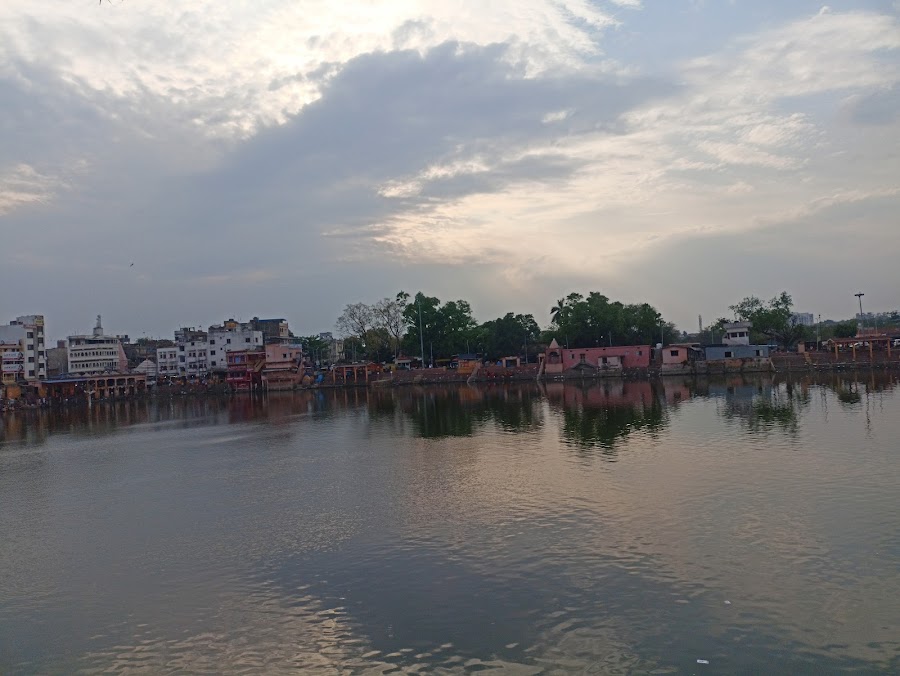
Shivganga
Deoghar, India
- Enjoy the serene and spiritual environment
- Learn the history of the pond
- Observe the rituals performed by priests
- Offer prayers at surrounding shrines
- Take a dip in the holy pond
Known for:
Description:
Shivganga is a sacred pond located near the Baidyanath Temple in Deoghar, Jharkhand. It is believed that Lord Shiva himself created this pond by striking the ground with his Trishul (trident) to quench the thirst of Ravana. Pilgrims consider it highly auspicious to bathe in the Shivganga before visiting the Baidyanath Temple. The pond is surrounded by small temples and shrines, adding to its spiritual ambiance. The serene atmosphere and the belief in its divine origin attract devotees from all over the country. It is more than just a water body; it's a symbol of faith and a vital part of the Baidyanath Dham pilgrimage experience. The pond is relatively well maintained, offering a peaceful respite from the bustling temple complex. A visit to Shivganga is a must for anyone seeking spiritual solace in Deoghar.
History:
The history of Shivganga is deeply intertwined with the legend of Ravana and Lord Shiva. According to the popular belief, Ravana, a devout follower of Shiva, was carrying a Shiva Lingam to Lanka. The gods, fearing Ravana's growing power, tricked him into placing the Lingam down in Deoghar. When Ravana felt thirsty, he couldn't find any water source. He prayed to Lord Shiva, who struck the ground with his Trishul, creating the Shivganga pond. Ravana quenched his thirst but was unable to lift the Lingam again, and it remained in Deoghar, becoming the Baidyanath Jyotirlinga. The Shivganga pond has since been revered as a sacred site, with its waters believed to possess purifying qualities. Over centuries, the pond has been renovated and maintained, preserving its historical and religious significance.